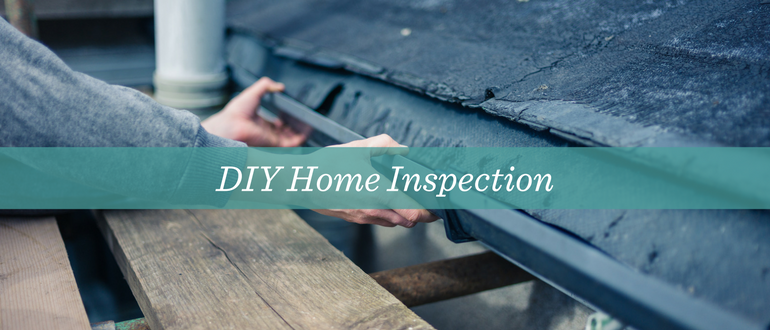You see your home every day, but how often do you really inspect it? One small leak or crack can lead to thousands of dollars in damage. These problems can go unnoticed for months and when they’re eventually found, the damage is already done. Take the time to thoroughly inspect all parts of your home for cracks, leaks, corrosion, and other damage before a small problem turns into a big problem.
Use these helpful tips when performing your own home inspection:
Exterior
- Walk around the perimeter of your home and check for any cracks in the driveway or sidewalk. Exposed cracks pose as tripping hazards.
- Ensure that your gutter is draining properly away from your home’s foundation.
- Check window and door caulking to make sure they’re in good condition. Any holes will let moisture in and increase your energy bill!
Interior
- Walk through your home and look at the ceiling for any sagging or cracks. Stains on the ceiling could indicate a leak from a pipe or the roof.
- Test all smoke alarms in your home to ensure that the batteries aren’t dead. Having working smoke alarms in your home could give you a potential discount on your homeowners policy.
- Make note of any loose tiles or floorboards. Check tiles for hollowness by knocking on them to make sure they are properly bonded.
Electrical
- Assume all power lines are energized! Trim back tree branches that could threaten a live wire, however, stay safe and follow these rules.
- Check panels for scorch marks which could indicate loose and sparking wires. If found, do not touch live, exposed wires. Instead, contact a licensed electrician.
- Test all outlets by plugging a lamp in and switching it on and off. It’s important to keep electrical wires hidden behind furniture and out of reach of children.
- A great way to help lower your energy bill is to keep up with changing your air filter. Not only does your air filter help reduce how hard your HVAC system must work, but it also keeps your family healthy by keeping out allergens. Find out other ways to help reduce allergens in your home here!
- Always follow these electrical safety tips!
Plumbing
- One of the most vulnerable spots for water damage is your bathroom. Inspect your tub, toilet bowl, and sink for any cracking that could result in a slow leak.
- Look for signs of leaks in exposed pipes, under the sink, and around the toilet base. If there’s a hidden leak in your toilet, it can corrode the caulking causing your toilet to shift and rock.
- While checking your toilet, it’s a good idea to make sure the flushing mechanisms are working properly. Flush the toilet, wait a few minutes, and if you hear the toilet start to run again, there could be a small leak.
- Left standing in a puddle after every shower? If your sink or shower is draining slower than it should be, there could be something clogging it. For most, a simple drain cleaner from your local store will clear it up!
- Shower heads are susceptible to sediment buildup. This may be the case if your shower head's water pressure is weak and water does not come through every hole.
This DIY checklist can help save you time, money, and headaches. While inspecting your home, make a checklist to keep up on maintenance in the upcoming months. A list of repairs can turn into a much-needed makeover!
Find out how your policy can help cover a remodel.

